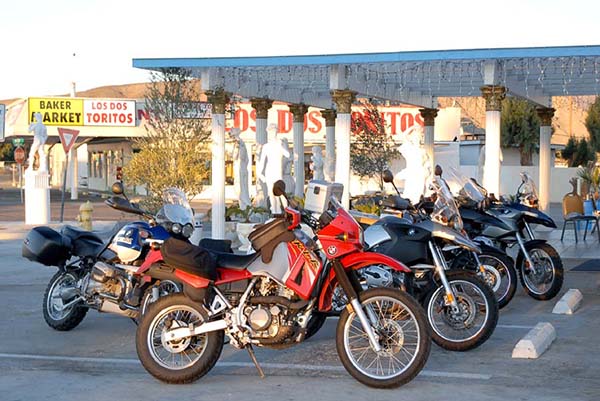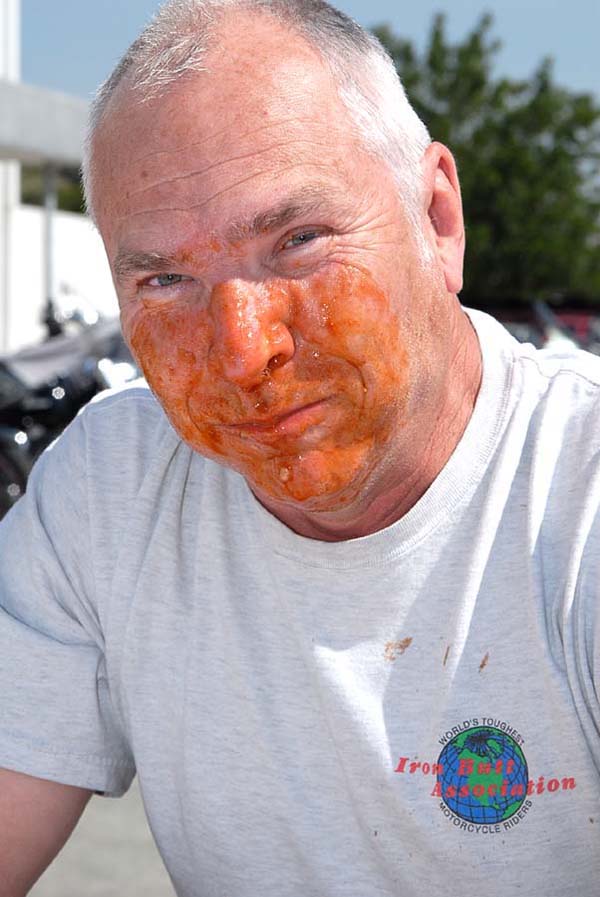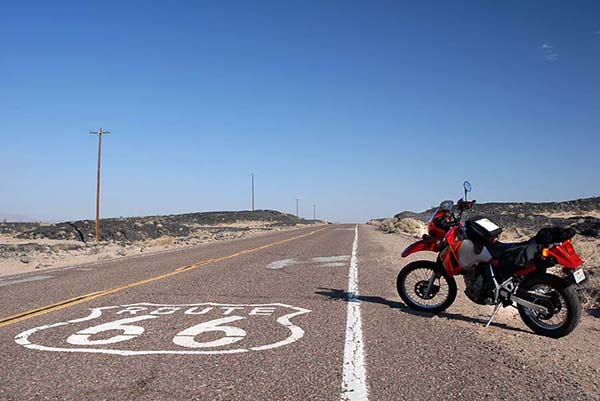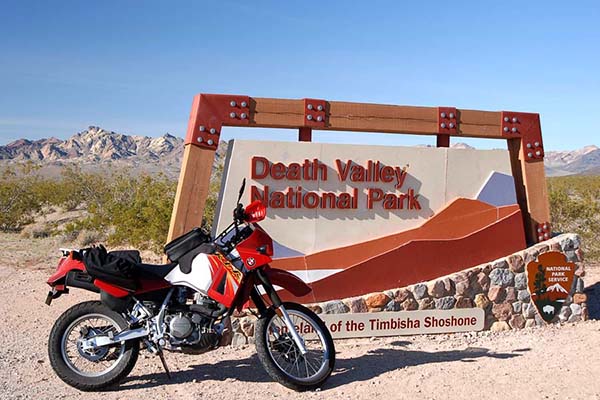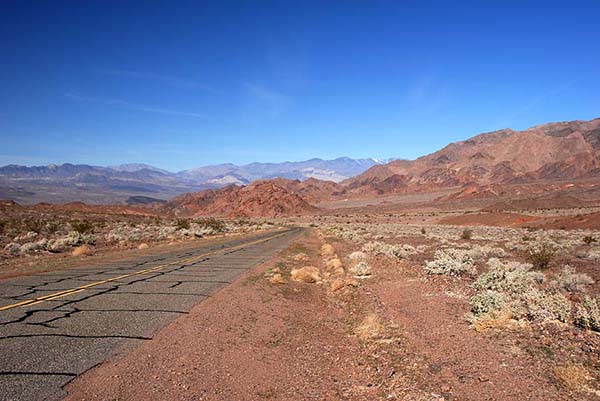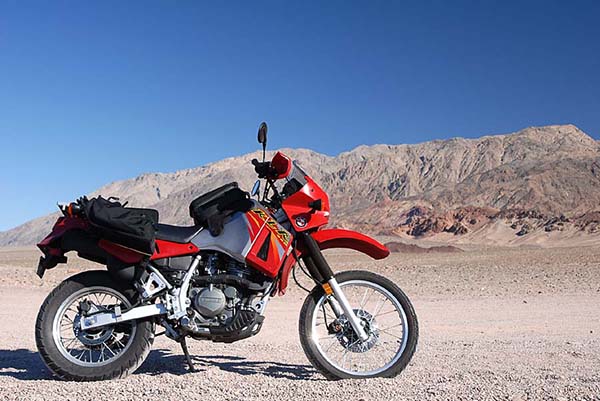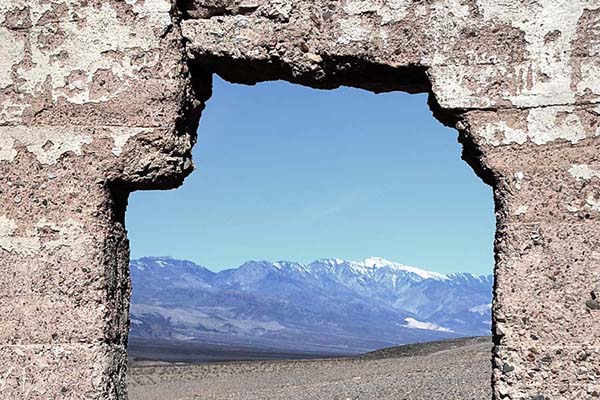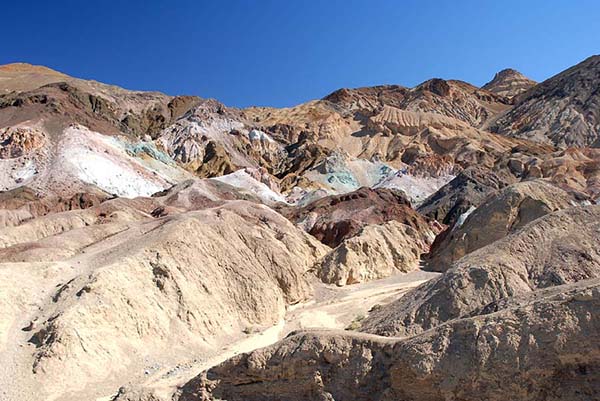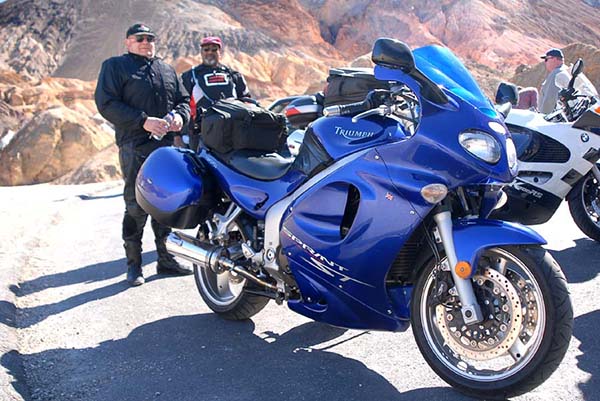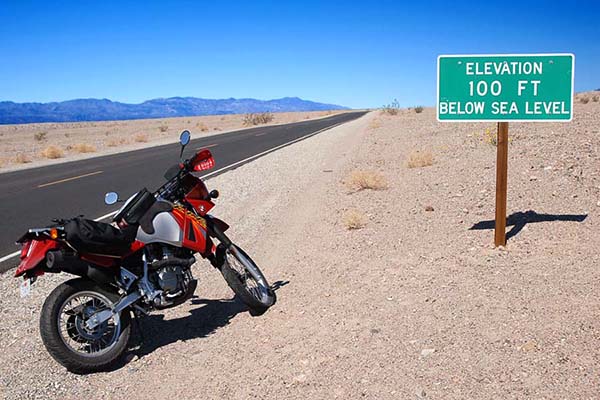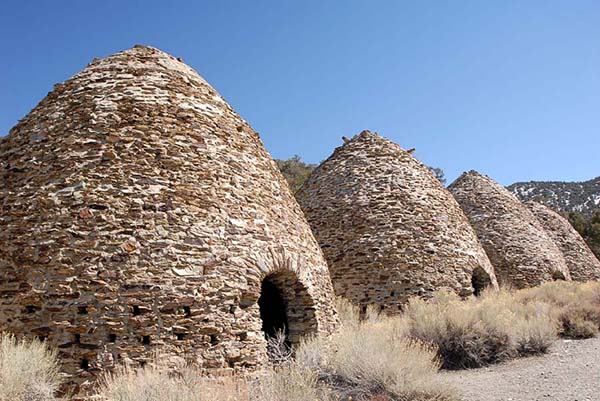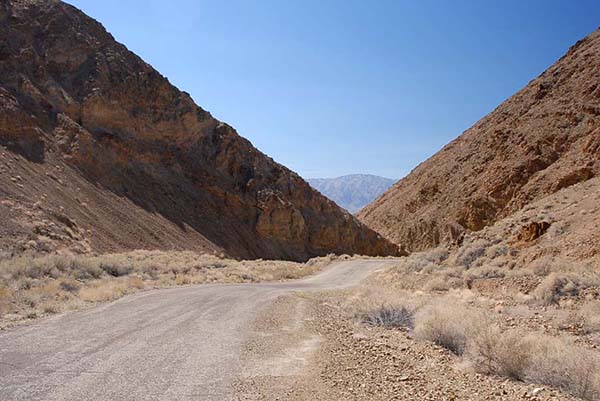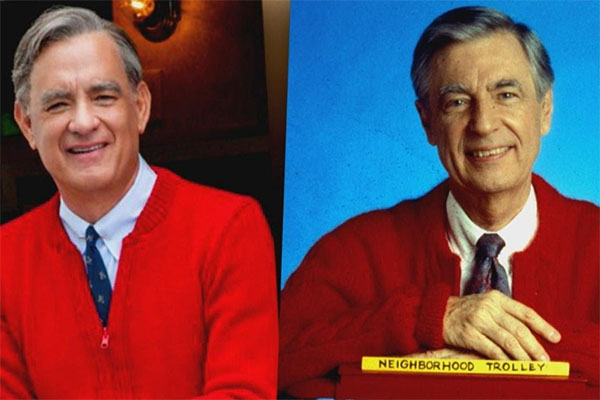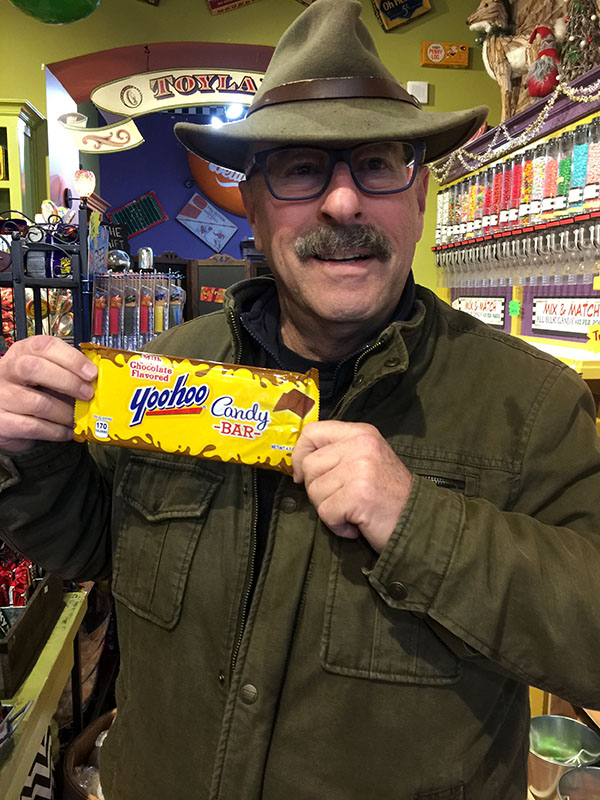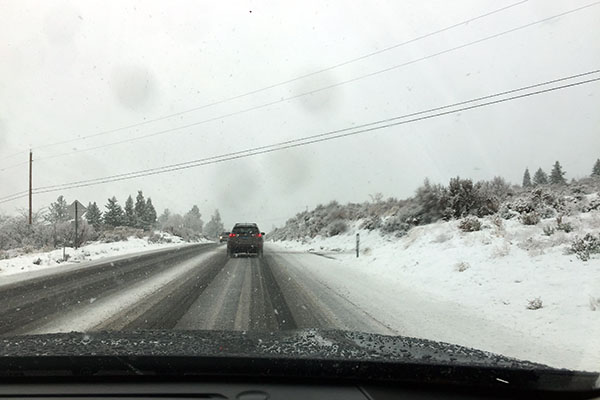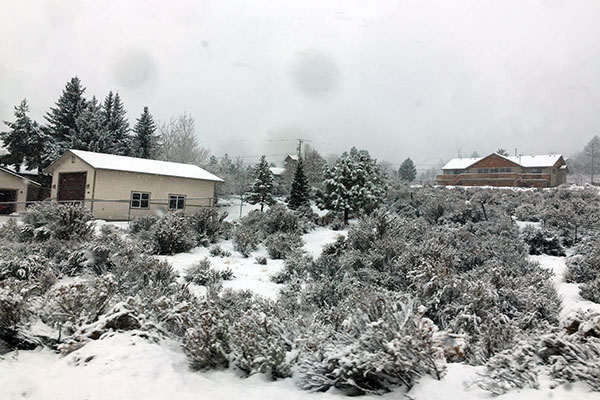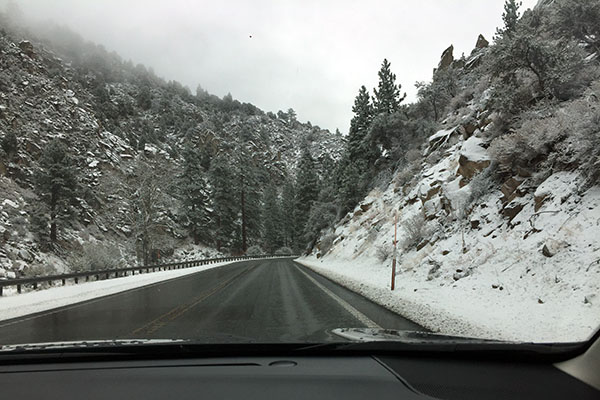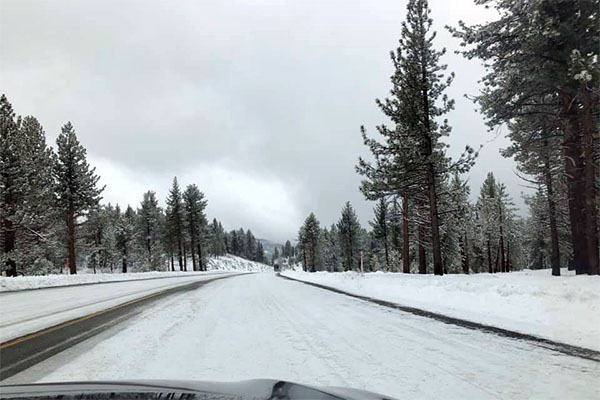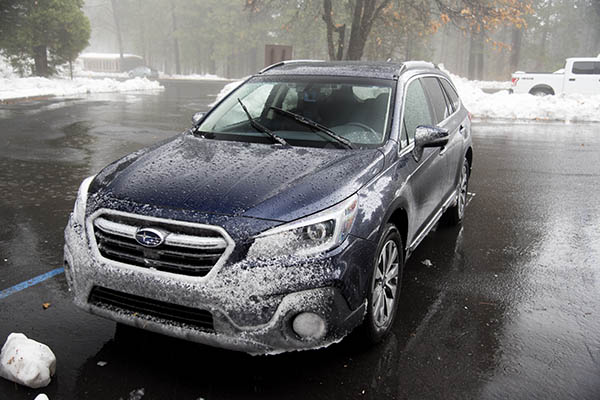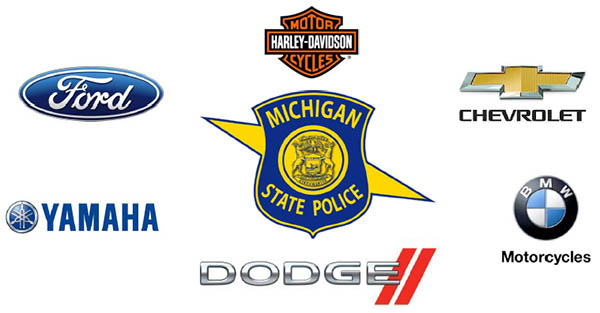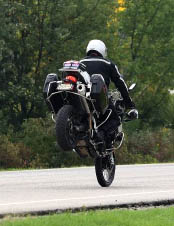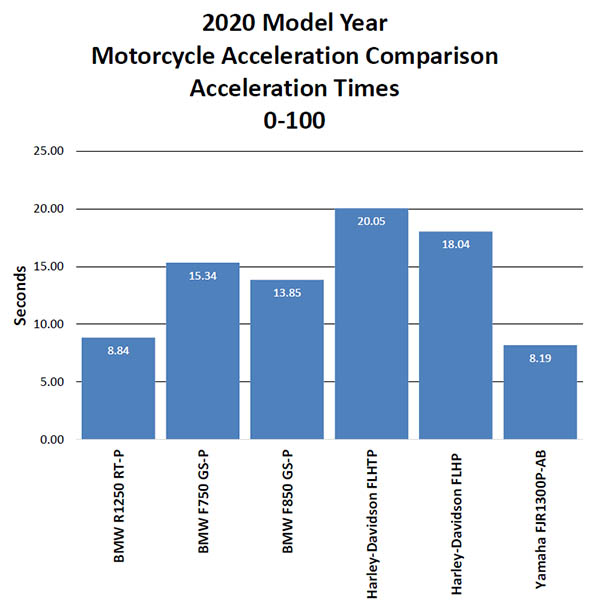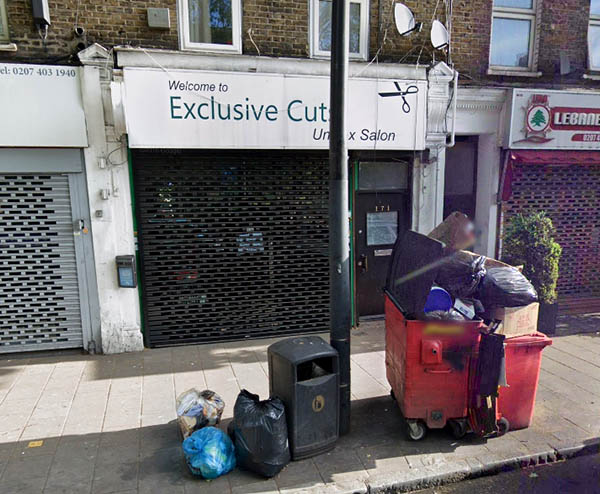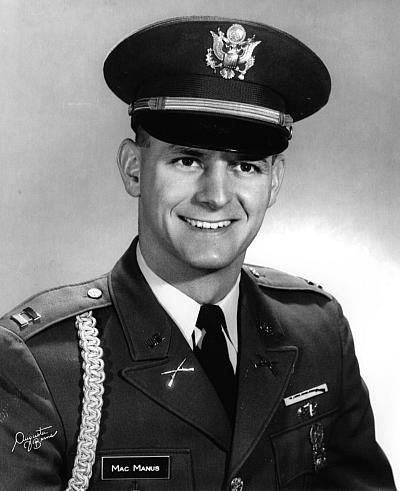
Captain Colin D. MacManus, a US Army Infantry officer and an Airborne Ranger, graduated from Rutgers University in 1963. He was killed in action in Vietnam in February 1967. A synopsis of his Silver Star citation follows:
Captain (Infantry) Colin David MacManus, United States Army, was awarded the Silver Star (Posthumously) for conspicuous gallantry and intrepidity in connection with military operations against the enemy while serving with Company C, 1st Battalion, 22d Infantry Regiment, 4th Infantry Division, in the Republic of Vietnam.
The New Jersey Vietnam Veterans’ Memorial Foundation assembled this tribute to Captain MacManus:
Colin D. MacManus was born on August 29, 1941 to Mrs. Barbara MacManus in Elizabeth, NJ. He lived in New York and Quincy, MA before moving to Newark, NJ. He graduated from South Side High School in 1959. He attended Rutgers University and graduated in 1963 with a bachelor’s degree in sociology and an award as a distinguished military student. While he was an undergraduate, he was a member of the university’s track team, and Scabbard and Blade, an ROTC honor society.
Following graduation, the captain attended Paratroop and Ranger schools at Fort Benning, Georgia. He was then stationed with the 3rd Armored Division “Spearheaders” in Frankfurt, Germany. While there, his mother explained, Captain MacManus led the rifle team representing the United States at the 1965 Central Treaty Organization games in Istanbul, Turkey. The squad finished second in the contest and received special honors from the U.S. commander.
In a February 22, 1967 article from the Newark Evening News his brother, John, stated “Colin was always very proud of the work he was doing. When we tried to sway him from volunteering from combat duty, he simply said that he had the training necessary to do the job–the type of training ‘those young boys’ with fear written on their faces didn’t have.”
MacManus was planning to marry Linda Neeson, the secretary of his commanding officer in Germany. The couple postponed their plans when he received his orders to report to Vietnam.
He entered the US Army from Newark, NJ and attained the rank of Captain (CAPT). MacManus was killed in action on February 16, 1967 at the age of 25. He was serving with C Company, 1st Battalion, 22 Infantry, 4th Infantry Division.
Captain McManus’s mother stated that her son wrote in his last letter that he was going out in the boondocks and had just reached his goal of being named a company commander, and that he would be unable to write for a while. His mother said that he never mentioned the fighting at all. He received a full military funeral.
There is a memorial at Rutgers University in New Brunswick, NJ dedicated to the graduates who were killed or missing in action from the Vietnam War. MacManus’ name is listed among those killed in action.
To commemorate his life, each year the MacManus family awarded a Colt .45 Auto to the graduating senior who held his Rutgers Corps of Cadets assignment. In 1973, that was me. I never had the honor of meeting Captain MacManus (he graduated before I started my engineering studies at Rutgers), but I felt like I knew him through the Rutgers Reserve Officers Training Corps. We all knew of Captain MacManus. I met the MacManus family when I graduated in 1973, and his brother John (the same one mentioned above) presented the 1911 to me. It was a Series 70 Government Model Colt (the US Army sidearm back then), and receiving that award was a very big deal. It was a big deal to me in 1973, and it’s still a big deal to me today.
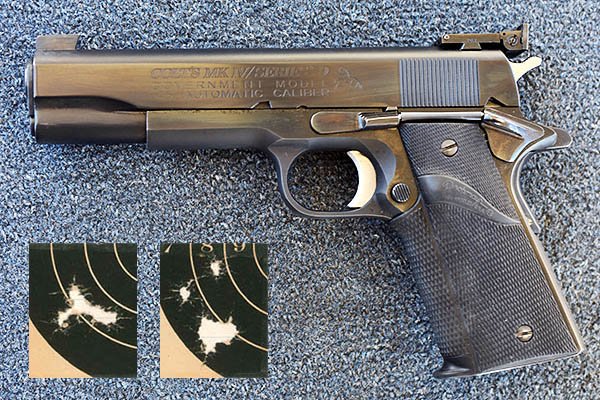
That 1911 was the very first centerfire handgun I ever owned. US Army Sergeant Major Emory L. Hickman taught me how to shoot my .45 while I was a grad student at Rutgers (you can read about that here). I had a gunsmith accurize the 1911 a few years later when I lived in Fort Worth, and I still shoot the MacManus .45 on a regular basis. I most recently had my good buddy TJ (of TJ’s Custom Guns) go through it to make sure everything is in good working order (and it is). The MacManus 1911 and I go way back. It means a lot to me.
Somewhere along the way during the last 46 years, the MacManus Award fell by the wayside, and when I heard about that, it just felt wrong. So I called the ROTC detachment at Rutgers and spoke to the Professor of Military Science (the commander there). Colonel Cortez agreed: The MacManus Award is something that needs to continue. I did a bit of sleuthing online, one thing led to another, and last night I had a nice conversation with a young man from the MacManus family (I spoke with Colin D. MacManus, who was named after his uncle). We’re going to revive the Captain MacManus Award, and I’ll keep you posted on the status of our efforts right here on the Exhaust Notes blog.
Keep up with all the good stories!

